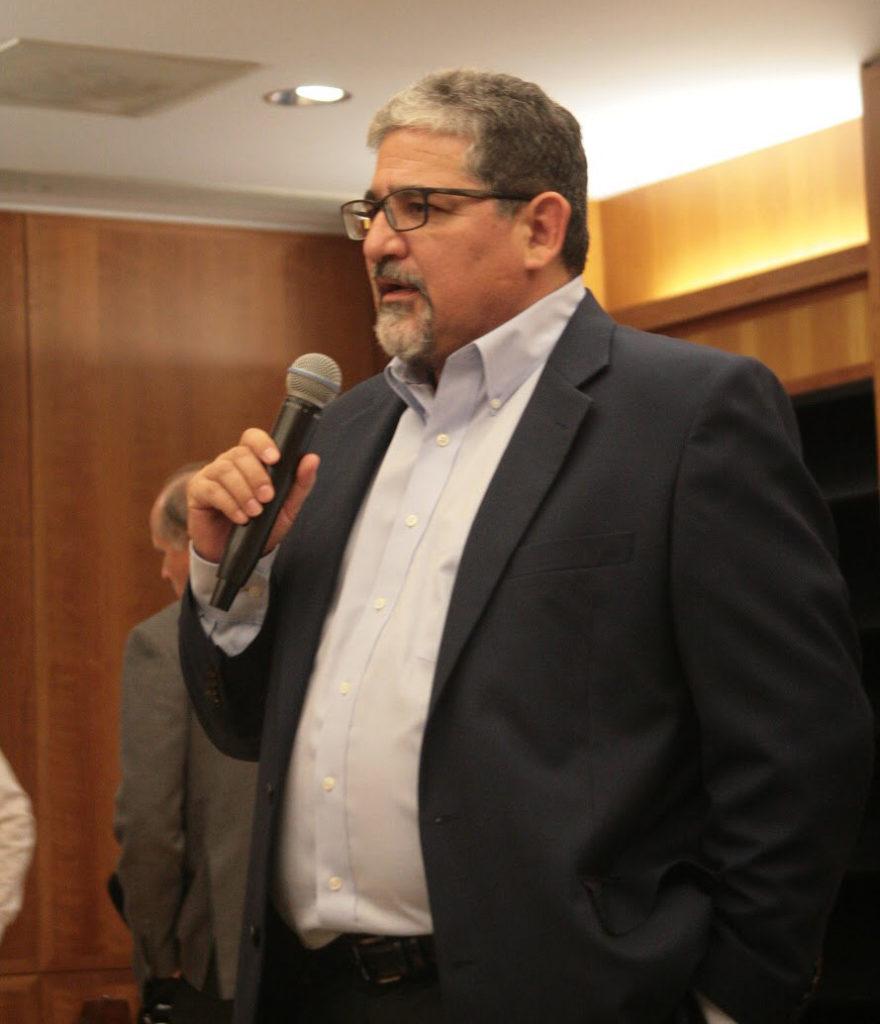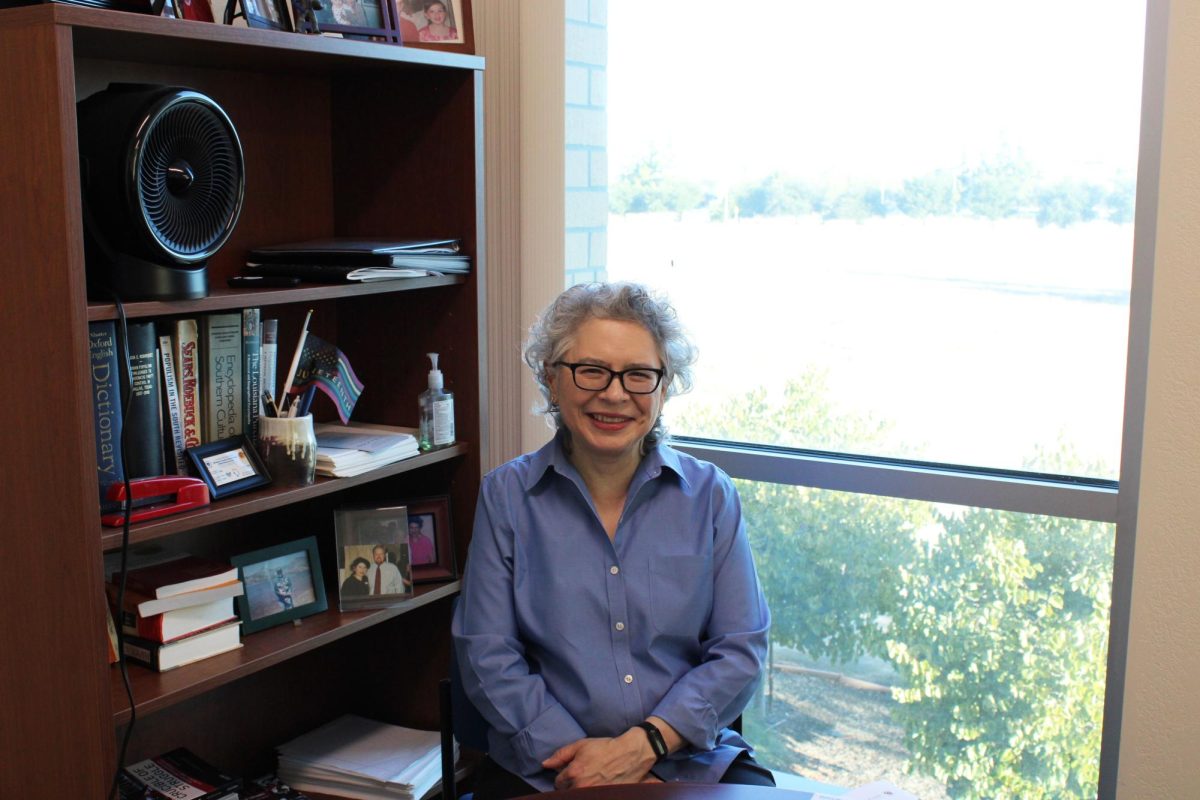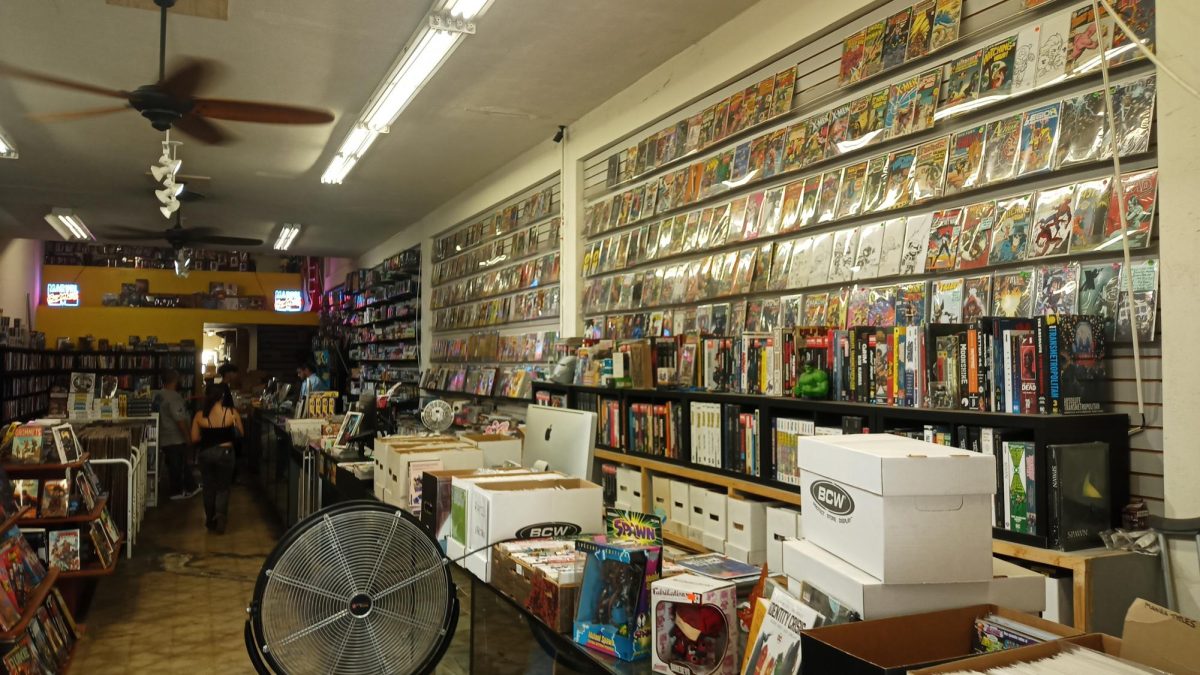To read up on part one of this series click here
By Veronica Morley
Feature Editor
The Walter Stiern Library has showcased events this semester to inform the community about the realities surrounding immigration.
Don Bartletti, a Pulitzer Prize winning photographer for the Los Angeles Times, presented his work of 32 years covering different aspects of immigration and life for those living below the border.
Dangers below the border
138,000 people have been killed in Mexico’s war with its drug cartels since 2007.
“The cartels are an undeclared political party, in my opinion, in Mexico. The cartels are undefeatable,” he said.
Bartletti fears what the future holds for Mexico. He believes the cartels are buying votes and influencing judges across the county. He fears corruption within Texas’ police force and the schools can make drug smuggling possible.
Bartletti also traveled through Ciudad Juarez, Culiacan, and Tijuana documenting the cartel.
“I embedded myself with the federal police. We always seemed to get to where there was trouble too late. In Culiacan, there was an ambush of five undercover policemen who were hiding in the back of a pickup truck. What shocked me was how close I could get,” he said.
In Tijuana, Bartletti said that “the slaughter was often just around the corner.”
While in Tijuana, Bartletti said violent crime scenes were like playgrounds where children could walk through blood playing with bullets. He would see them posting to their social media sites about the scene.
In 2008 he felt the attitude towards the cartels and violence, especially with the youth, was desensitized.
Today, Bartletti believes this sentiment is worse because of shows like “Narcos” or “Breaking Bad.” He feels that Hollywood has reduced the gravity of the cartels power and devastation.
“It’s not a Hollywood recreation. This sucks because it is so real,” he said.
Bartletti also documented what a funeral within the cartels is like. He noticed that compared to the rest of the communities, the cartels had more extravagant funeral proceedings. He photographed their decorative buildings and colorful mausoleums. They also had monuments to Jesus Malverde, an unrecognized patron saint of drug dealers.
Thanks to an artist who decorates the mausoleums for the cartel, Bartletti came face to face with three drug dealers. “Probably capos or lieutenants,” he said.
Bartletti said there were many instances where he considered investigating the cartel further, but he could never fully bring himself to take that step.
“The United States has gone through the Italian mafia in the early 20th century New York City. The mafia in Chicago. Every generation seems to have its devil, and now we’ve got the Mexican cartels,” he said.
The new foreign aid
Bartletti shared stories of how these immigrants support their families and make a living.
He also shared the story of one immigrant’s journey to citizenship.
Bartletti met Wilfredo when he had been living in a little tent made out of cardboard and sticks. Wilfredo was picked up by a roofer in El Camino Royale who was impressed with his work ethic. Wilfredo built roofs for million-dollar homes and worked towards becoming a citizen.
“People come to this country in many cases to send money back to those people left behind,” said Bartletti. He remained involved in Wilfredo’s journey and attended the ceremony where Wilfredo became a U.S. citizen.
Bartletti thought that day was a great day not only because Wilfredo received his citizenship, but so did 1,500 other immigrants.
Wilfredo told Bartletti, “I’m not going back,” after he gained his citizenship. Afterwards, Bartletti and Wilfredo went to the spot where Wilfredo had crossed the border and took a photo.
Current ideas on immigration
The recent state of immigration has received much attention at CSUB.
CSUB Social Justice Center Director Dr. Mark Martinez said, “Wherever you are from, wherever you are coming from, whoever you are, as long as you are in the United States, you have rights. And these rights are protected by the Constitution.”
Martinez is a professor and chair of the Political Science Department. He is also faculty advisor for CSUB’s Global Affairs club. The club helps prepare students for professional conferences held in forums across the nation. He was vital in assisting the Immigration Justice Collaborative with the documentary “American Migrant Workers” and is the current political analyst for KGET TV 17 News.
According to the U.S. Immigration and Customs Enforcement, the immigration removals report for the fiscal year 2016 was 240,255. The leading countries of origin for removals were Mexico, Guatemala, Honduras, and El Salvador.
“Too often these people are just treated as numbers or some inhuman burden on our society,” said Marisa Sanchez, associate professor of sociology, “We should be thinking of ways of how we can stand up or make a difference.”
President Trump enacted an executive order on Jan. 25 with security requirements that the Department of Homeland Security complete construction on the wall along the Mexico border.
In regards to the border, Jose Gaspar from KKEY Telemundo 17 News said, “Obviously it’s a lot different today than it was back in the ’70s, the ’80s. And you know some right groups and extremist groups have proposed putting landmines and such things as that.”
Bartletti feels the way previous administrations dealt with immigration had been with a feeling of tolerance. There are people who migrate for legitimate reasons and contribute to society. Yet under the current administration, the country has entered into a new era of intolerance and we are creating a new underground of people living in the shadows.
“It’s sort of fits the way California does things,” said Bartletti about Gov. Jerry Brown signing Senate Bill 54 making California a sanctuary state. This means that state officials will not be obligated to help the federal government with deportation. Beforehand, many California cities already identified as sanctuaries.

Photo by Veronica Morley/ The Runner







